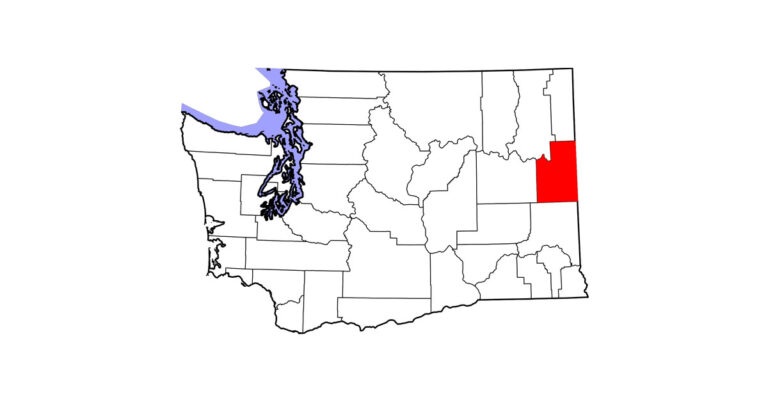 A map of VS quarantined facilities in the United States from April 2015 to present | Courtesy, USDA/Animal and Plant Health Inspection Service
A map of VS quarantined facilities in the United States from April 2015 to present | Courtesy, USDA/Animal and Plant Health Inspection ServiceIf you keep horses in the West or Southwest, a contagious viral disease called vesicular stomatitis should be on your radar. The U.S. Department of Agriculture’s Animal and Plant Health Inspection Service reports that last year VS affected more than 800 farms and ranches in eight states, from Arizona to Wyoming. Colorado was especially hard hit.
It’s too soon to know if the disease will be as widespread this year. Cases usually start to pop up in spring, increase through the summer and taper off in the fall. The disease affects cattle and some other animals (even humans, rarely), but most of the victims in recent outbreaks have been horses.
Horses with VS develop blisters and sores on the tongue, gums, lips, nostrils and corners of the mouth. Sometimes lesions also erupt at the sheath or around the coronary band. The horse may run a fever, and the mouth sores may cause him to slobber and go off his feed. Plenty of other conditions can cause these signs, so a blood test is needed to confirm VS. The disease is rarely life-threatening and usually lasts about two weeks. But affected horses are contagious until their sores have fully healed, which can take longer.
VS can pass from horse to horse through direct contact or through shared buckets and other equipment contaminated by saliva or fluid from ruptured blisters. Biting flies such as black flies and Culicoides midges likely play a role, APHIS says. Other factors may be involved, too. It’s still not clear why the disease is more widespread in some years than others.
An outbreak of VS can toss a wrench into your riding plans even if your horse isn’t sick. Because its signs are similar to those of hoof and mouth disease, it’s classed as a reportable disease—meaning that veterinarians must report cases to state animal health officials. Premises where VS occurs are quarantined to limit its spread. The quarantine typically lasts at least 21 days after lesions in the last affected horse have healed. There may be regional travel and import/export restrictions during an outbreak as well.
Both APHIS and the American Association of Equine Practitioners offer tips for preventing VS. They include good fly control and precautions such as using individual rather than shared water troughs, feeders and other equipment and isolating new horses for 21 days before introducing them into a herd or stable.
—Elaine Pascoe
This article originally appeared in the May 2016 issue of Practical Horseman.










